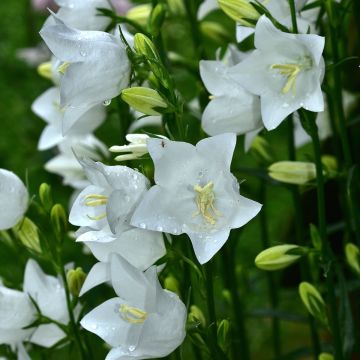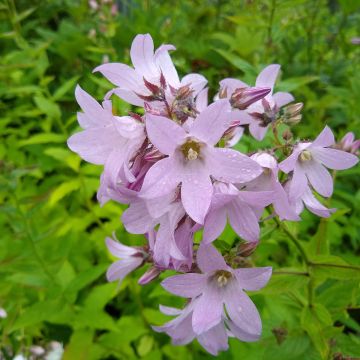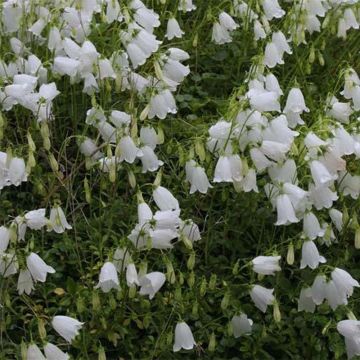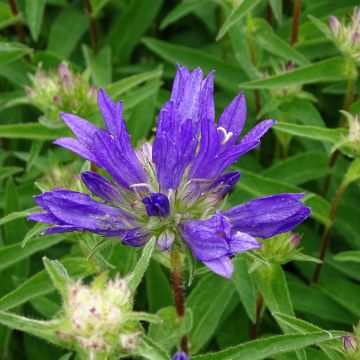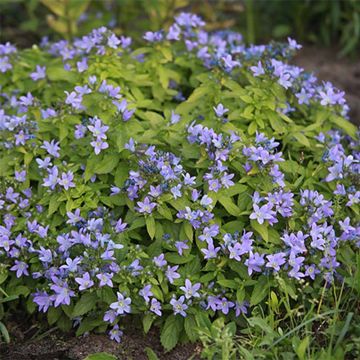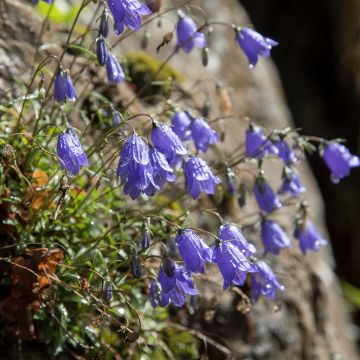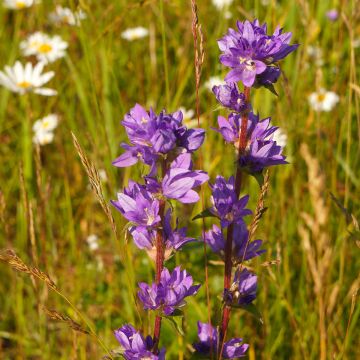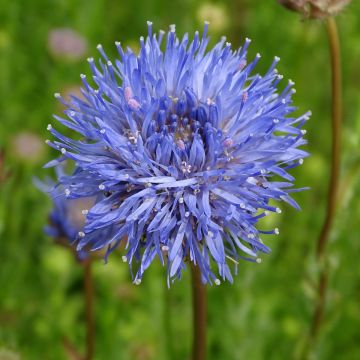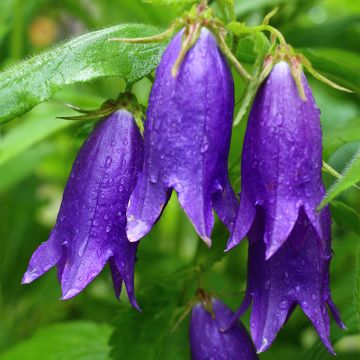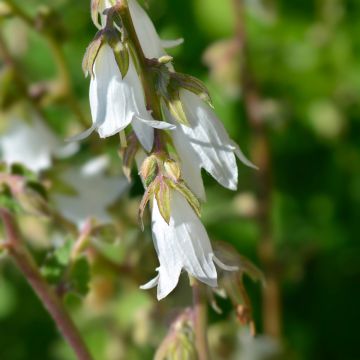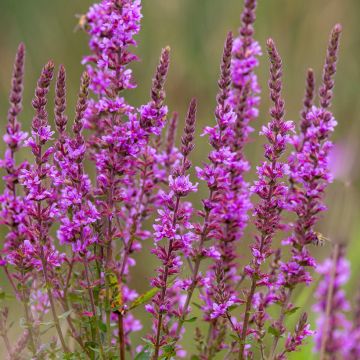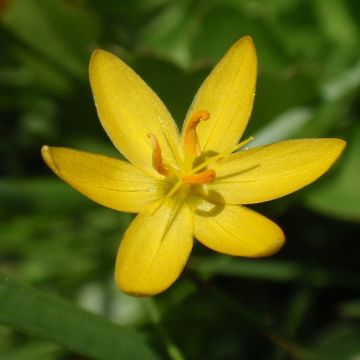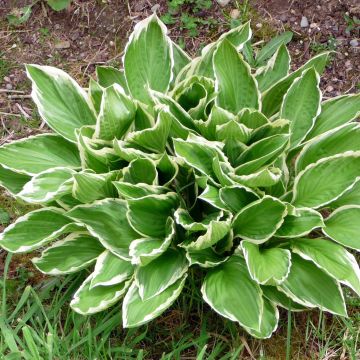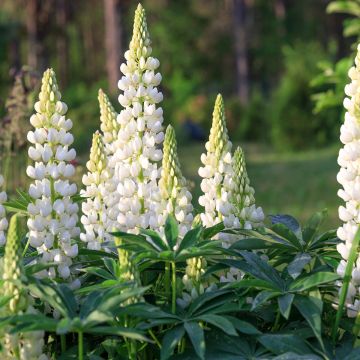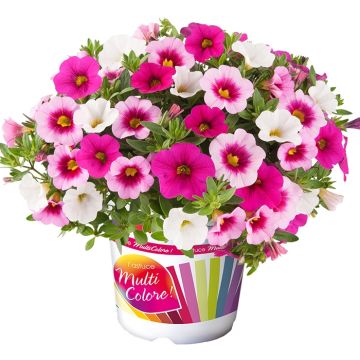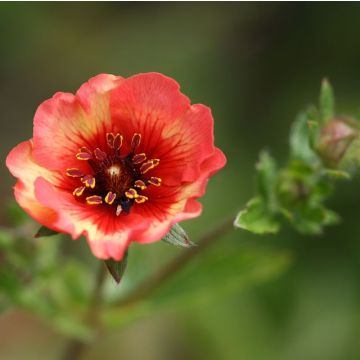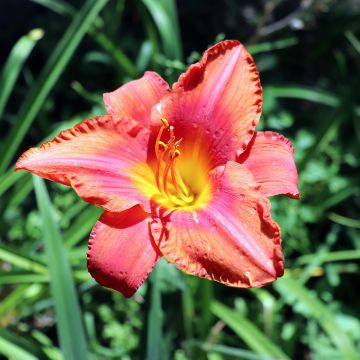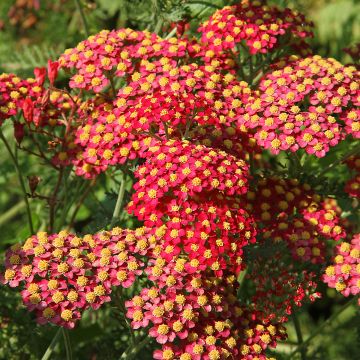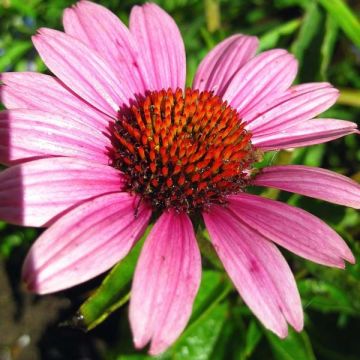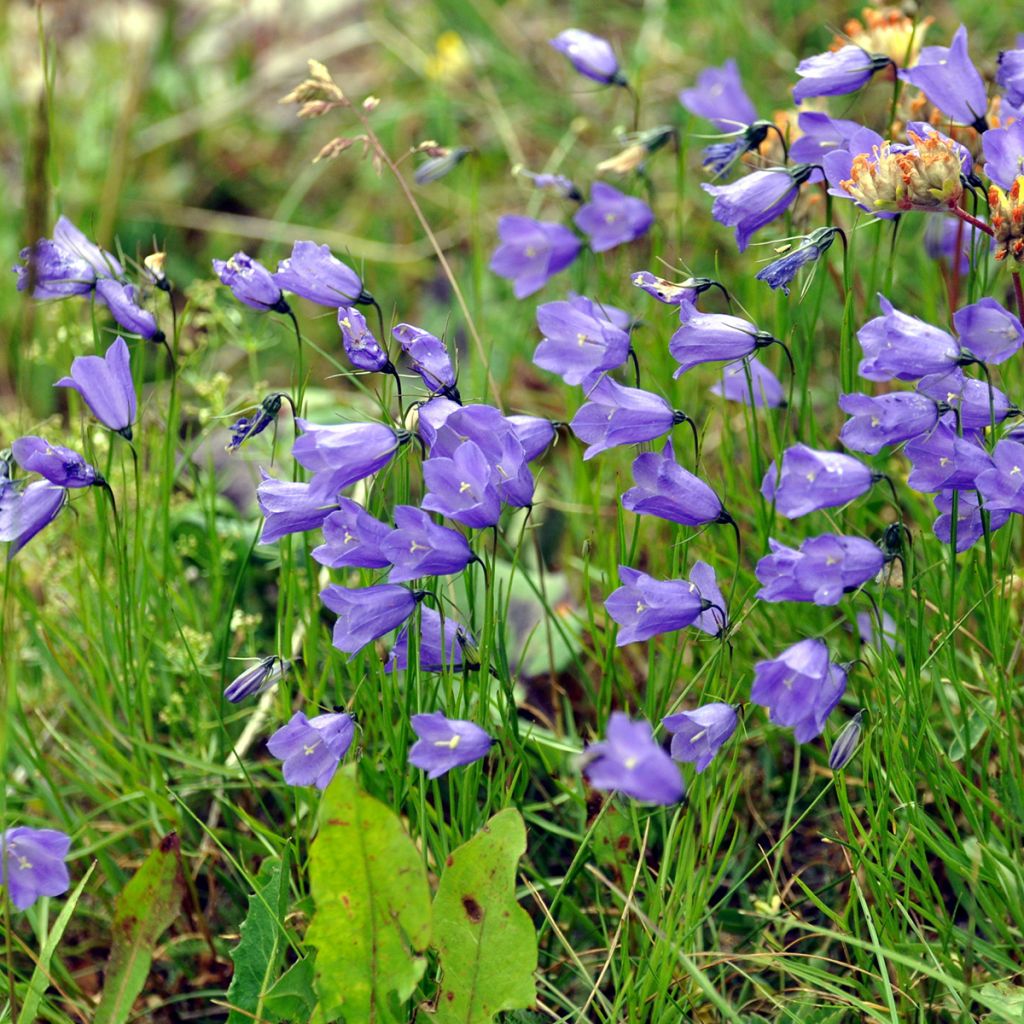

Campanula rotundifolia
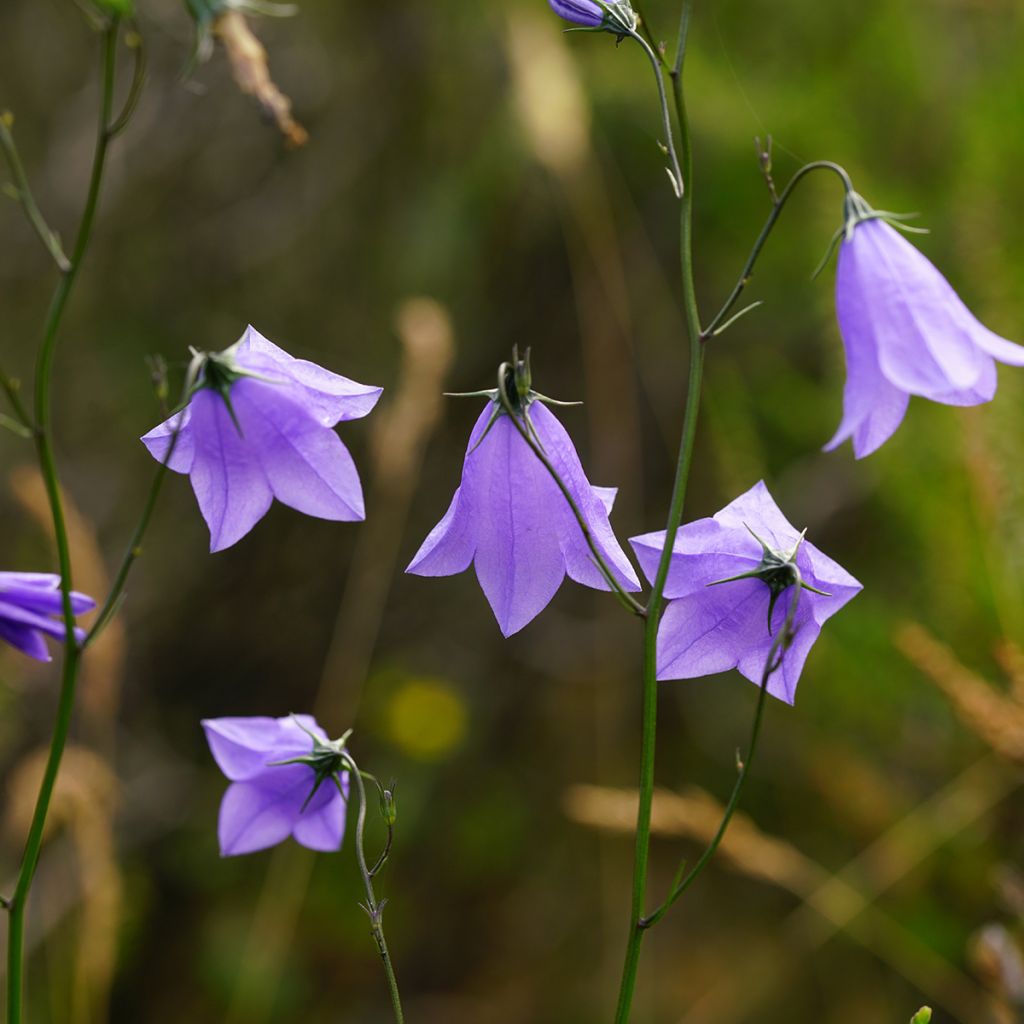

Campanula rotundifolia
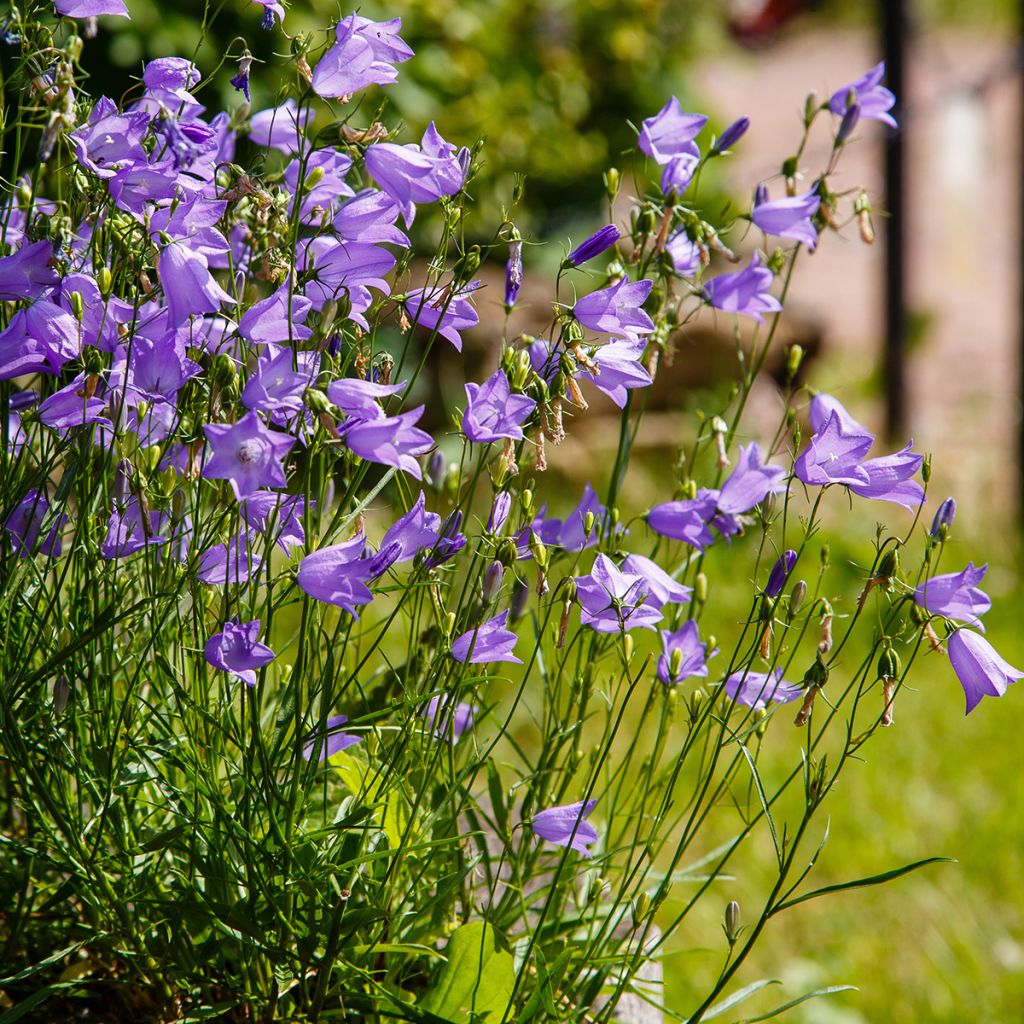

Campanula rotundifolia
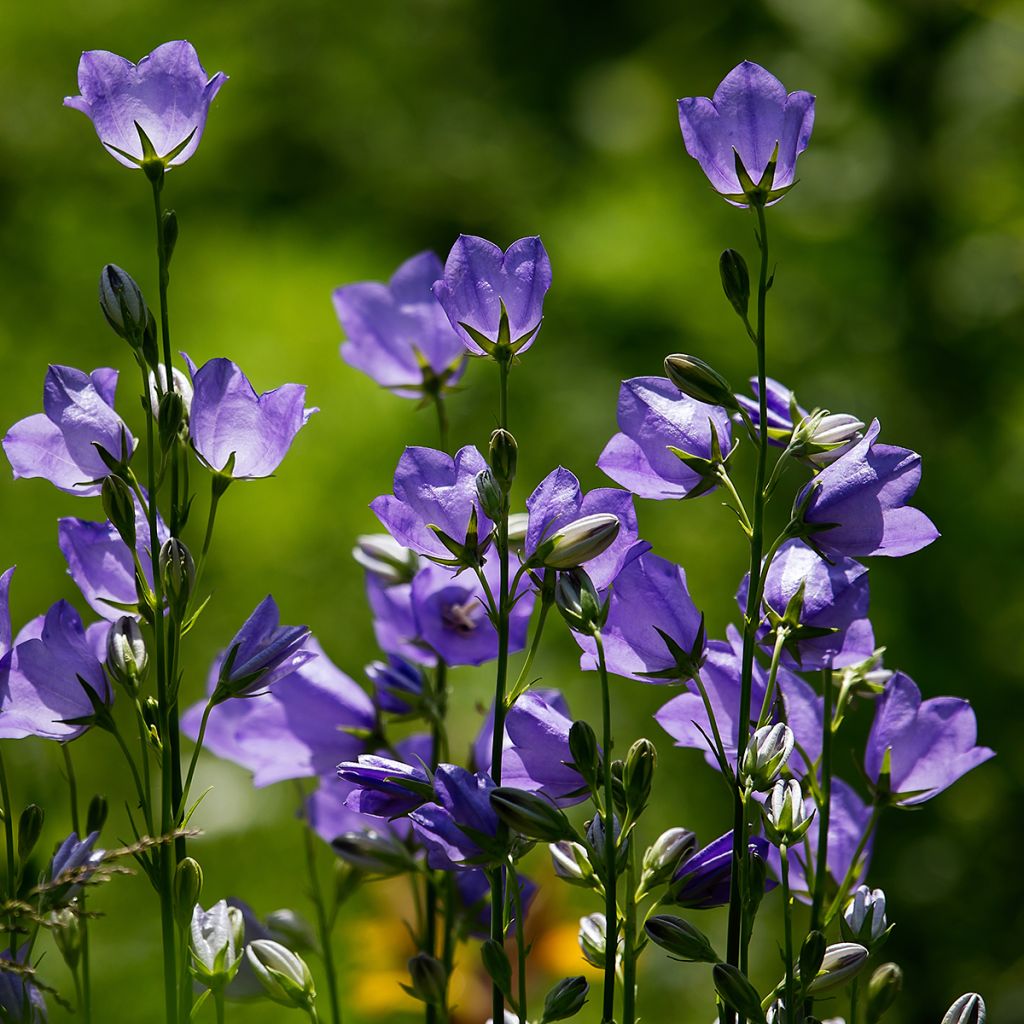

Campanula rotundifolia
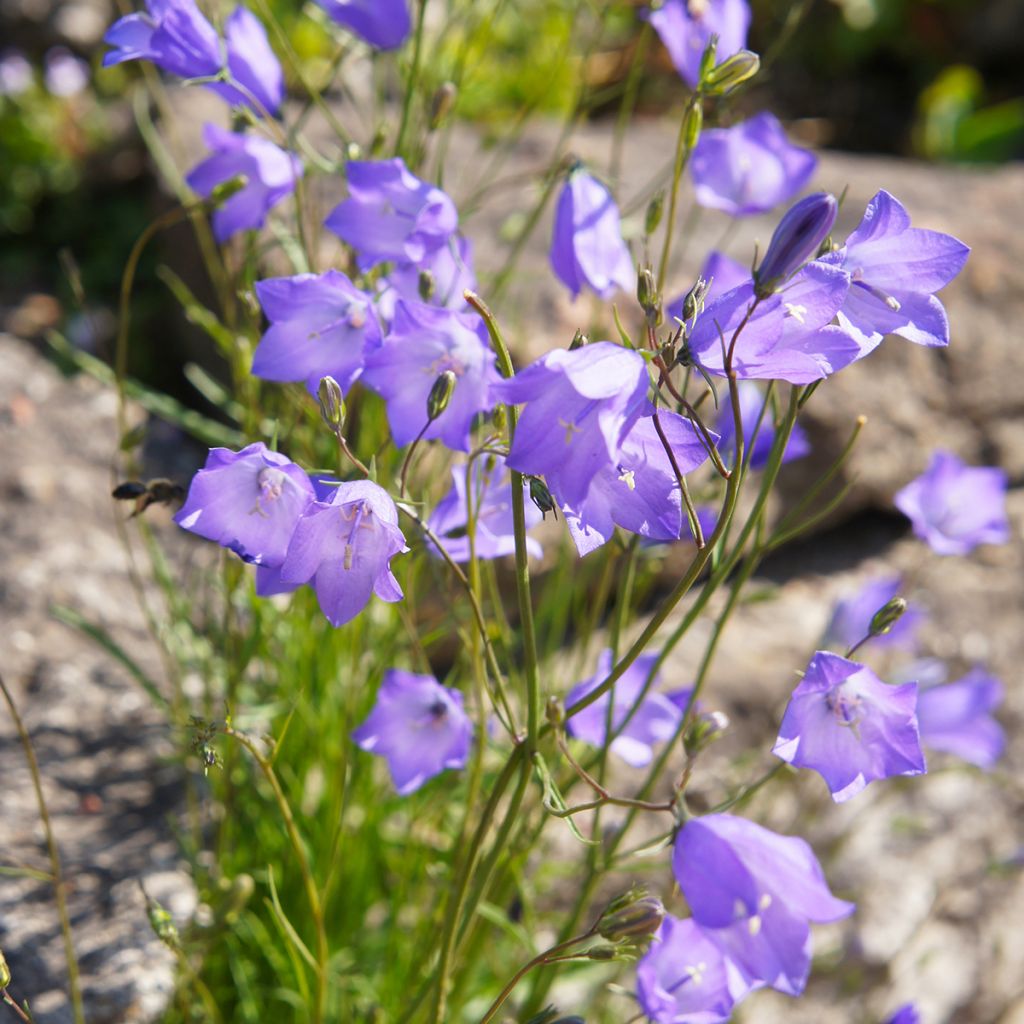

Campanula rotundifolia
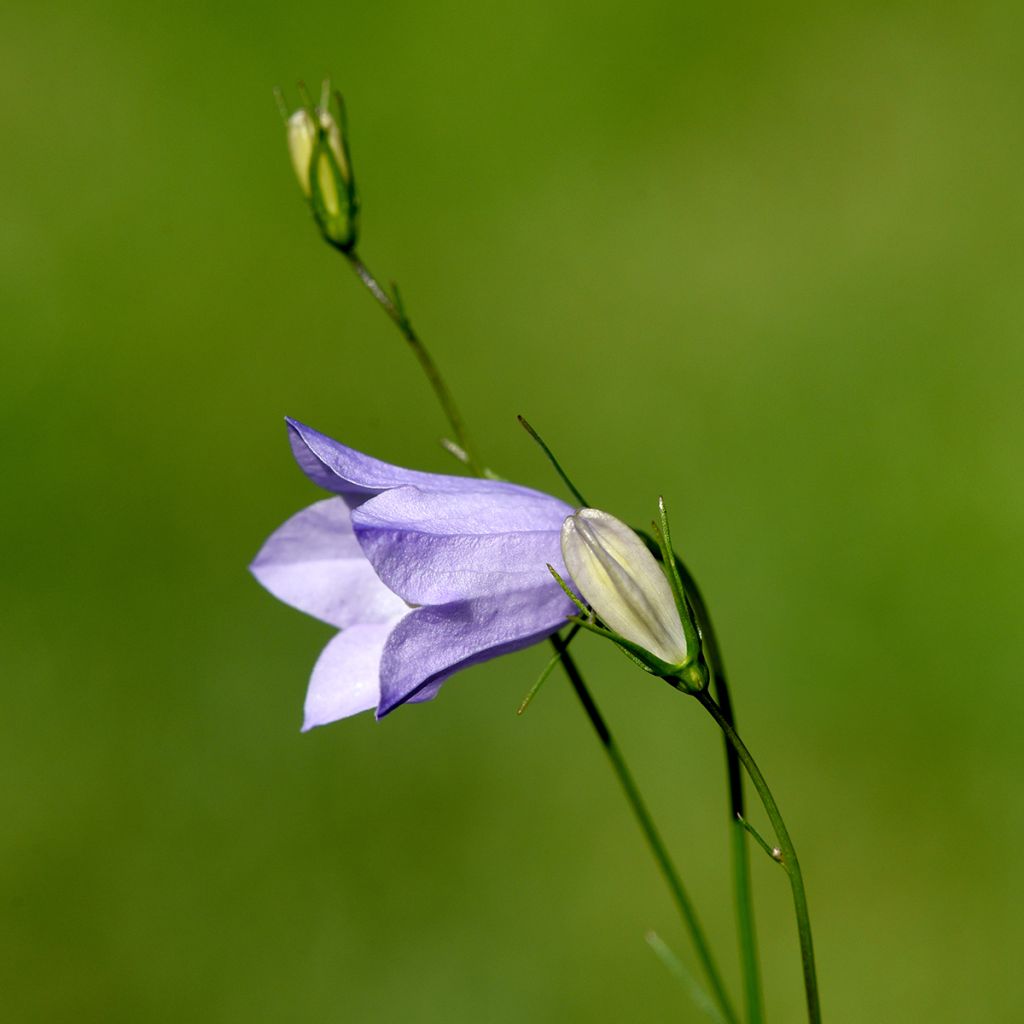

Campanula rotundifolia
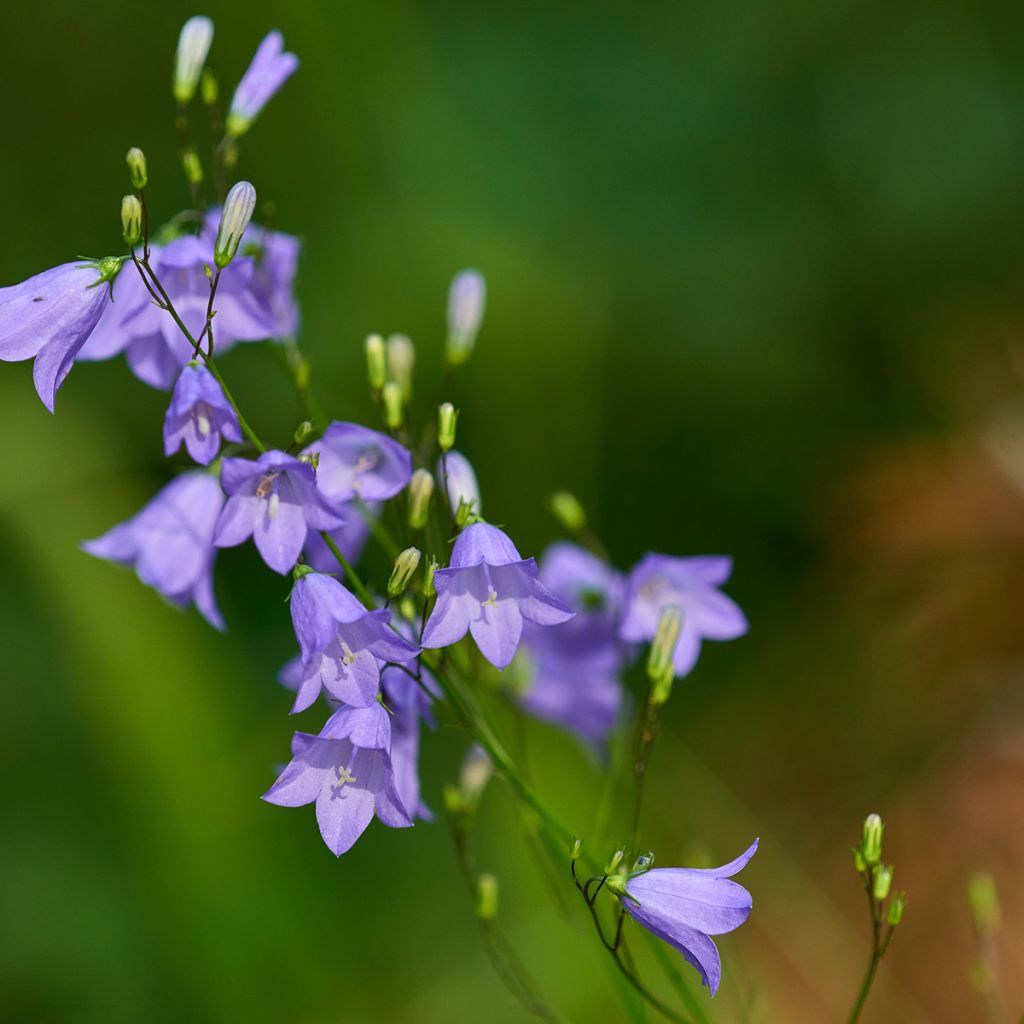

Campanula rotundifolia
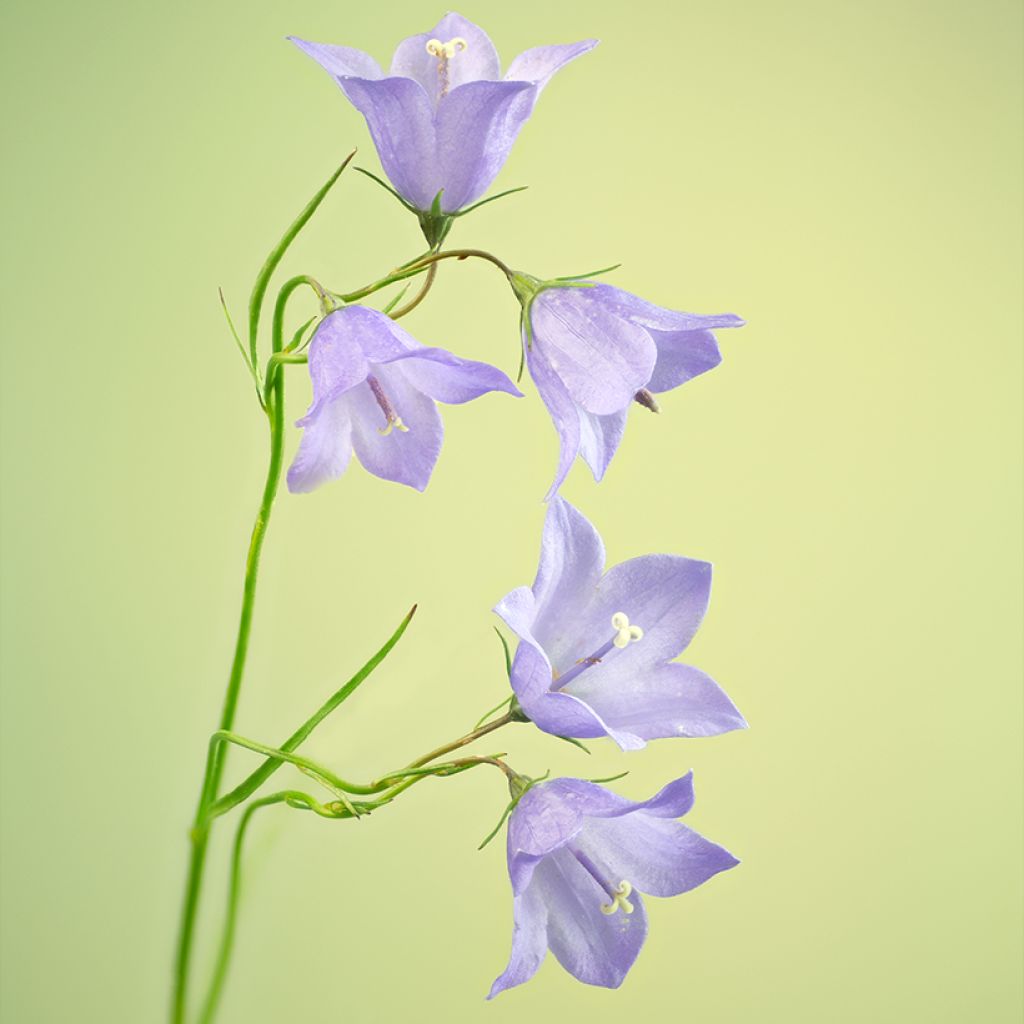

Campanula rotundifolia
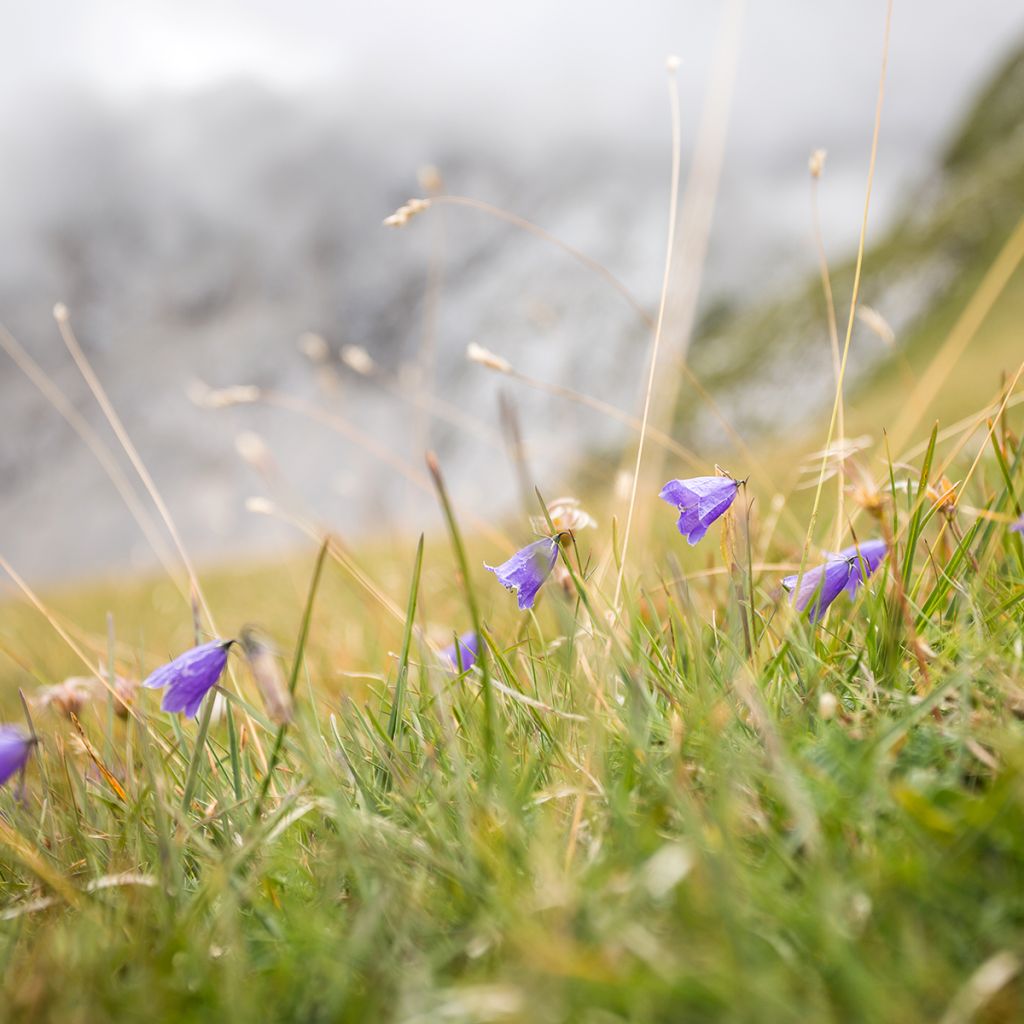

Campanula rotundifolia
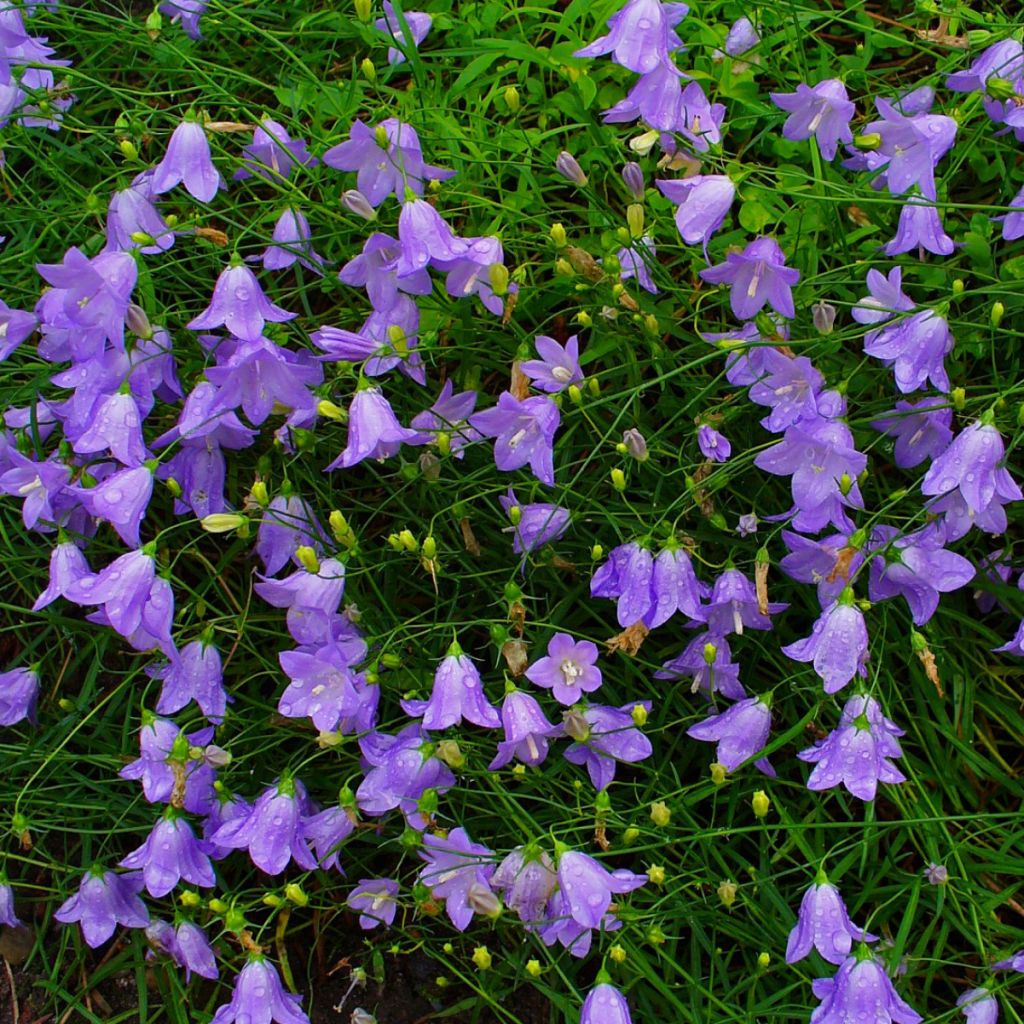

Campanula rotundifolia
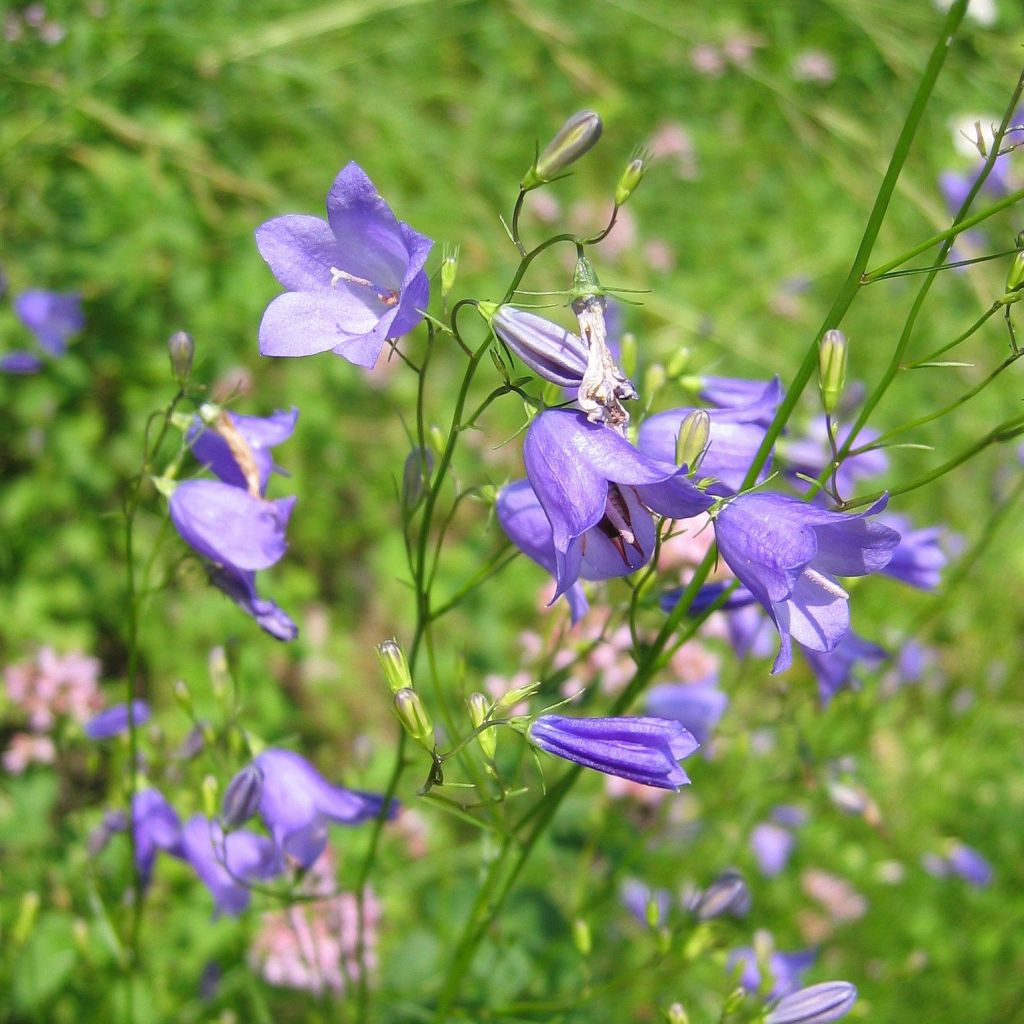

Campanula rotundifolia
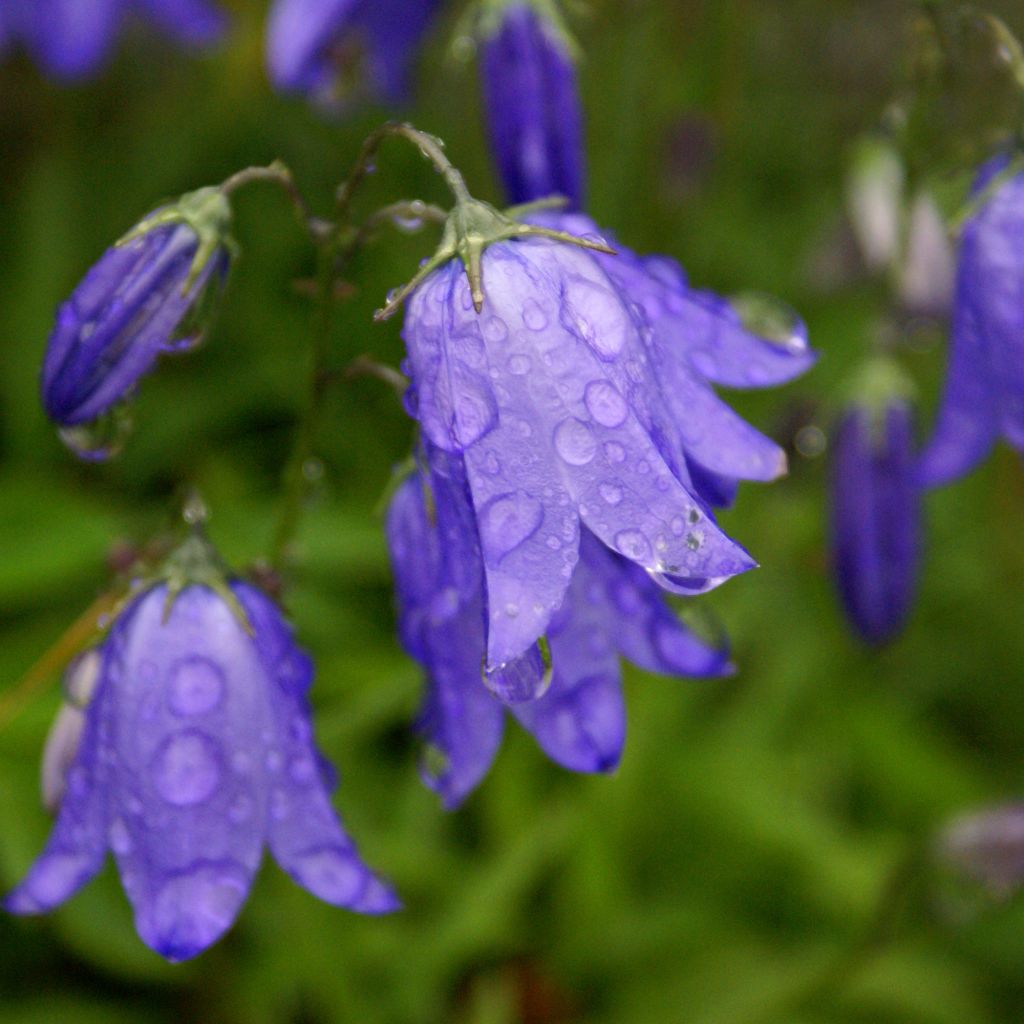

Campanula rotundifolia
Campanula rotundifolia
Campanula rotundifolia
Scottish Bluebell, Harebell, Fairy Bell, Round-leaved Bellflower
Planted in the afternoon after the morning delivery, the 3 small clumps are a beautiful green and they seem to have taken well. I am pleased. Thank you.
mauricette, 10/03/2024
This item cannot be shipped to the selected country
Delivery charge from €5.90
More information
Schedule delivery date,
and select date in basket
This plant carries a 12 months recovery warranty
More information
We guarantee the quality of our plants for a full growing cycle, and will replace at our expense any plant that fails to recover under normal climatic and planting conditions.
From €5.90 for pickup delivery and €6.90 for home delivery
Express home delivery from €8.90.
Does this plant fit my garden?
Set up your Plantfit profile →
Description
Campanula rotundifolia, also known as the round-leaved bellflower, is a wild species which is widely distributed in the countryside and mountains. It has a highly variable appearance in its natural habitat, growing well in meadows, rocky areas, old walls, and even in open woods and sandy soils. This excellent perennial is truly undemanding and fully hardy, and easily establishes itself in the garden, spreading slowly through trailing and branching rhizomes. In summer, it reveals numerous small pendulous lavender-blue bell-shaped flowers, carried on slender stems, which are simple and full of charm.
Campanula rotundifolia belongs to the campanula family. It is native to Western Europe, from plains to mountain ranges up to 2400 m (7874ft) altitude. It reaches 10 to 50 cm in height, with a spread of 30 cm (12in) depending on the growing conditions; it adapts to the depth and richness of the soil it inhabits. This herbaceous and stoloniferous perennial eventually forms attractive and well-flowered clumps. Flowering occurs from June to November, depending on its habitat. From loose rosettes of rounded leaves numerous slender but sturdy stems emerge, each carrying several simple, pendulous lavender-blue bell-shaped flowers, grouped in cymes. The rosette leaves often disappear during flowering, while linear and very fine foliage, originating from the lower part of the stems remains green until autumn.
Campanula rotundifolia prefers moist, light soils, even limestone, but dislikes stagnant humidity which can cause its roots to rot. It does not thrive in hot climates or excessively dry summers. Above all, it is a beautiful wild plant that contributes to the biodiversity of our gardens. It has a rightful place in a natural border, alongside other beautiful wildflowers: cornflower, Spanish lavender (Centranthus ruber), wild chicory, sainfoin, purple coneflower, fennel, field scabious, queen of the meadow, hemp-nettle, perennial sweet pea, or lady's mantle. Its simplicity works well next to the roundness of old roses and softens the heavy corollas of deep red peonies.
About bellflowers:
The crown of bellflowers grows white stolons that spread underground in all directions ensuring the long-term survival of the plant. The numerous upright stems that arise from this crown or stolons can be fertile or sterile. Thus, when one sees a large population of bellflowers, it often consists of clones of a single individual. On the other hand, different species of bellflowers readily hybridize with each other, often accompanied by a variety of intermediate forms, which makes them very interesting for horticulturists.
Report an error about the product description
Campanula rotundifolia in pictures
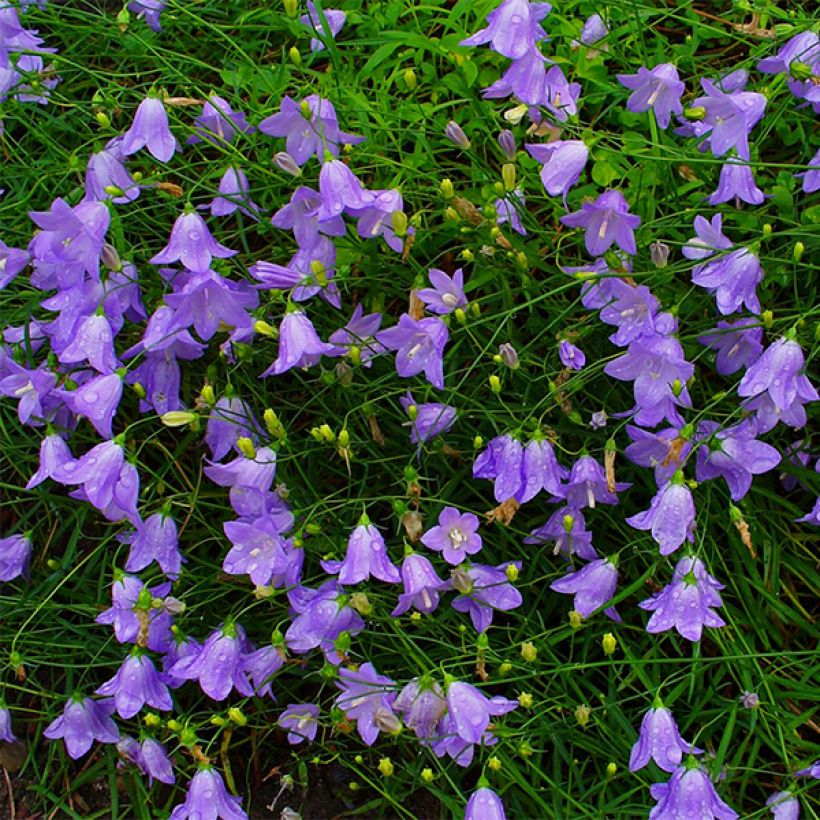

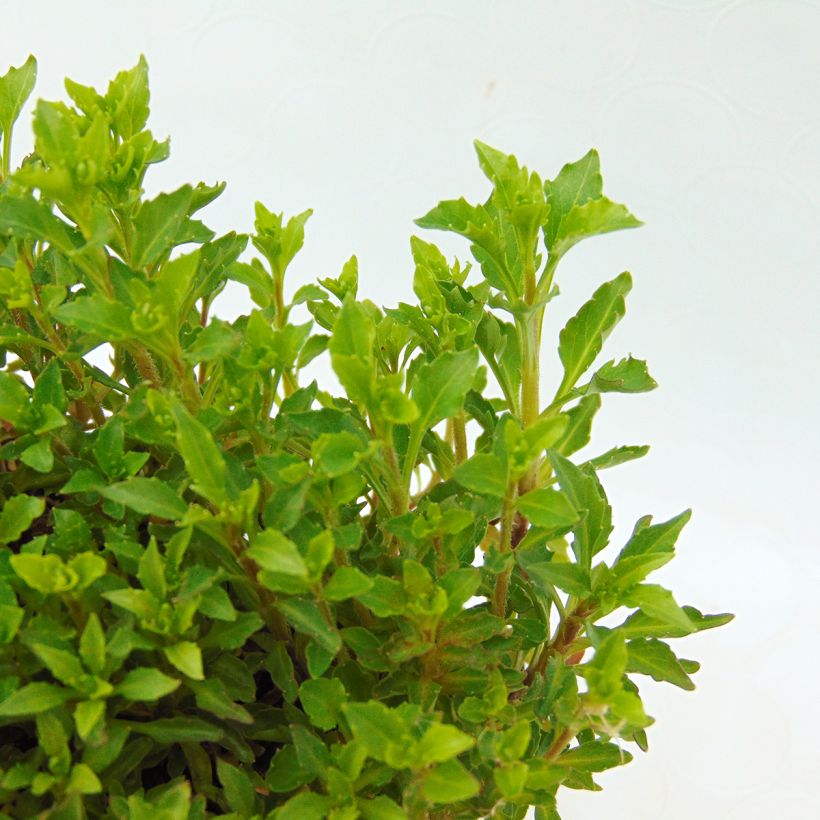



Flowering
Foliage
Plant habit
Botanical data
Campanula
rotundifolia
Campanulaceae
Scottish Bluebell, Harebell, Fairy Bell, Round-leaved Bellflower
Western Europe
Other Campanula - Bell Flower
Planting and care
Campanula rotundifolia likes light soils, even sandy or loamy, or limestone, it is content with any well-dug ordinary soil and will grow among rocks. Its only requirement is that the soil remains fairly moist during its flowering period. You can plant it in non-scorching sun, or partial shade, sheltered from strong winds that can damage its flowers. This really easy-to-grow perennial does not like hot climates or dry summers.
Planting period
Intended location
Care
-
, onOrder confirmed
Reply from on Promesse de fleurs
Summer flowering perennials
Haven't found what you were looking for?
Hardiness is the lowest winter temperature a plant can endure without suffering serious damage or even dying. However, hardiness is affected by location (a sheltered area, such as a patio), protection (winter cover) and soil type (hardiness is improved by well-drained soil).

Photo Sharing Terms & Conditions
In order to encourage gardeners to interact and share their experiences, Promesse de fleurs offers various media enabling content to be uploaded onto its Site - in particular via the ‘Photo sharing’ module.
The User agrees to refrain from:
- Posting any content that is illegal, prejudicial, insulting, racist, inciteful to hatred, revisionist, contrary to public decency, that infringes on privacy or on the privacy rights of third parties, in particular the publicity rights of persons and goods, intellectual property rights, or the right to privacy.
- Submitting content on behalf of a third party;
- Impersonate the identity of a third party and/or publish any personal information about a third party;
In general, the User undertakes to refrain from any unethical behaviour.
All Content (in particular text, comments, files, images, photos, videos, creative works, etc.), which may be subject to property or intellectual property rights, image or other private rights, shall remain the property of the User, subject to the limited rights granted by the terms of the licence granted by Promesse de fleurs as stated below. Users are at liberty to publish or not to publish such Content on the Site, notably via the ‘Photo Sharing’ facility, and accept that this Content shall be made public and freely accessible, notably on the Internet.
Users further acknowledge, undertake to have ,and guarantee that they hold all necessary rights and permissions to publish such material on the Site, in particular with regard to the legislation in force pertaining to any privacy, property, intellectual property, image, or contractual rights, or rights of any other nature. By publishing such Content on the Site, Users acknowledge accepting full liability as publishers of the Content within the meaning of the law, and grant Promesse de fleurs, free of charge, an inclusive, worldwide licence for the said Content for the entire duration of its publication, including all reproduction, representation, up/downloading, displaying, performing, transmission, and storage rights.
Users also grant permission for their name to be linked to the Content and accept that this link may not always be made available.
By engaging in posting material, Users consent to their Content becoming automatically accessible on the Internet, in particular on other sites and/or blogs and/or web pages of the Promesse de fleurs site, including in particular social pages and the Promesse de fleurs catalogue.
Users may secure the removal of entrusted content free of charge by issuing a simple request via our contact form.
The flowering period indicated on our website applies to countries and regions located in USDA zone 8 (France, the United Kingdom, Ireland, the Netherlands, etc.)
It will vary according to where you live:
- In zones 9 to 10 (Italy, Spain, Greece, etc.), flowering will occur about 2 to 4 weeks earlier.
- In zones 6 to 7 (Germany, Poland, Slovenia, and lower mountainous regions), flowering will be delayed by 2 to 3 weeks.
- In zone 5 (Central Europe, Scandinavia), blooming will be delayed by 3 to 5 weeks.
In temperate climates, pruning of spring-flowering shrubs (forsythia, spireas, etc.) should be done just after flowering.
Pruning of summer-flowering shrubs (Indian Lilac, Perovskia, etc.) can be done in winter or spring.
In cold regions as well as with frost-sensitive plants, avoid pruning too early when severe frosts may still occur.
The planting period indicated on our website applies to countries and regions located in USDA zone 8 (France, United Kingdom, Ireland, Netherlands).
It will vary according to where you live:
- In Mediterranean zones (Marseille, Madrid, Milan, etc.), autumn and winter are the best planting periods.
- In continental zones (Strasbourg, Munich, Vienna, etc.), delay planting by 2 to 3 weeks in spring and bring it forward by 2 to 4 weeks in autumn.
- In mountainous regions (the Alps, Pyrenees, Carpathians, etc.), it is best to plant in late spring (May-June) or late summer (August-September).
The harvesting period indicated on our website applies to countries and regions in USDA zone 8 (France, England, Ireland, the Netherlands).
In colder areas (Scandinavia, Poland, Austria...) fruit and vegetable harvests are likely to be delayed by 3-4 weeks.
In warmer areas (Italy, Spain, Greece, etc.), harvesting will probably take place earlier, depending on weather conditions.
The sowing periods indicated on our website apply to countries and regions within USDA Zone 8 (France, UK, Ireland, Netherlands).
In colder areas (Scandinavia, Poland, Austria...), delay any outdoor sowing by 3-4 weeks, or sow under glass.
In warmer climes (Italy, Spain, Greece, etc.), bring outdoor sowing forward by a few weeks.

































